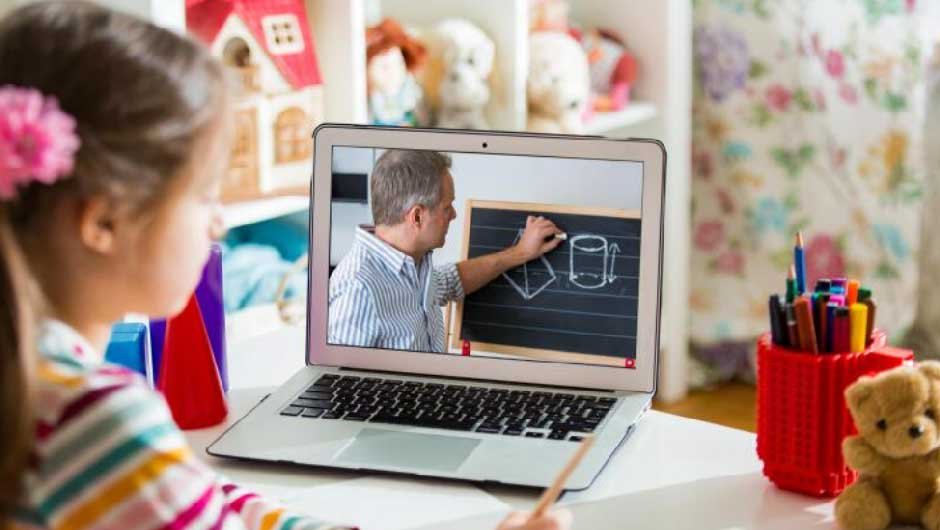Online learning has transformed education, offering opportunities to enfranchise diverse and global learners, redesign institutional access and success, and support schools with gaps in administration. But like all changes in education, for the next era of learning online to be successful, students must come first. So how can educators and administrators improve the remote learning experience for students, especially those attending an online community college or other institutions? Let’s explore some innovative strategies to enhance remote learning.
Creating Engaging and Interactive Content
One of the biggest challenges of remote learning is keeping students engaged. Without the physical presence of a classroom, it’s easy for students to feel disconnected. Here are some ways to create engaging and interactive content that can help bridge that gap.
Use Multimedia Tools
Incorporate videos, podcasts, and interactive simulations into your lessons. These tools can make learning more dynamic and cater to different learning styles. For instance, a video explaining a complex concept can be more effective than a text-based explanation for visual learners.
Interactive Quizzes and Polls
Using interactive quizzes and polls during live sessions can keep students engaged and provide instant feedback. Platforms like Kahoot! and Quizizz offer fun and interactive ways to test knowledge and keep the energy levels high.
Discussion Boards and Forums
Encourage students to participate in discussion boards and forums. These platforms allow students to share ideas, ask questions, and engage with their peers. It’s an excellent way to build a sense of community and ensure that students feel connected to their classmates and instructors.
Personalizing the Learning Experience
Every student is unique, and their learning experiences should reflect that. Personalizing the learning experience can make remote education more effective and enjoyable.
Flexible Learning Paths
Offer students flexible learning paths that allow them to progress at their own pace. This can be particularly beneficial for students juggling work, family, and education. Providing a range of deadlines and allowing for self-paced learning can help accommodate different schedules and learning speeds.
Regular Check-Ins
Regular check-ins with students can help identify any issues they may be facing and provide support when needed. These can be in the form of one-on-one meetings, surveys, or regular feedback forms. Understanding students’ needs and challenges can help educators tailor their approach to better support their learners.
Diverse Learning Materials
Provide a variety of learning materials to cater to different preferences and needs. This includes offering readings, videos, podcasts, and interactive activities. Giving students a choice in how they learn can increase engagement and comprehension.
Leveraging Technology for Better Interaction
Technology is at the heart of remote learning. Leveraging the right tools can enhance interaction and create a more immersive learning experience.
Virtual Classrooms
Use virtual classroom platforms like Zoom or Microsoft Teams to conduct live sessions. These platforms offer features like breakout rooms, screen sharing, and real-time collaboration, making it easier to replicate the classroom experience online.
Collaborative Tools
Incorporate collaborative tools like Google Workspace or Microsoft 365, which allow students to work together on projects in real-time. These tools facilitate group work and help students develop teamwork skills, even when they are physically apart.
Gamification
Introduce gamification elements into your courses to make learning more engaging. This can include earning badges, completing challenges, and leaderboards. Gamification can motivate students by adding a fun and competitive element to their learning.
Supporting Mental Health and Well-Being
Remote learning can be isolating, and it’s important to support students’ mental health and well-being.
Promote a Healthy Work-Life Balance
Encourage students to maintain a healthy work-life balance by setting clear boundaries for study time and personal time. This can help prevent burnout and ensure that students remain motivated and productive.
Access to Counseling Services
Ensure that students have access to counseling services and mental health resources. Many institutions offer online counseling sessions, which can provide much-needed support during stressful times.
Fostering a Sense of Community
Building a sense of community is crucial in a remote learning environment. Students who feel connected to their peers and instructors are more likely to succeed.
Virtual Social Events
Organize virtual social events like game nights, coffee chats, and study groups. These events can help students get to know each other and build relationships outside of the classroom.
Peer Mentorship Programs
Implement peer mentorship programs where experienced students can support newcomers. This can help new students feel welcomed and provide them with guidance and advice from someone who has been in their shoes.
Conclusion
Enhancing remote learning experiences is all about putting students first. By creating engaging content, personalizing the learning experience, leveraging technology, supporting mental health, and fostering a sense of community, educators and administrators can make remote learning more effective and enjoyable. Whether at an online community college or any other institution, these strategies can help students thrive in the digital learning environment. Embrace these approaches and watch as your students achieve their full potential in the world of remote learning.






